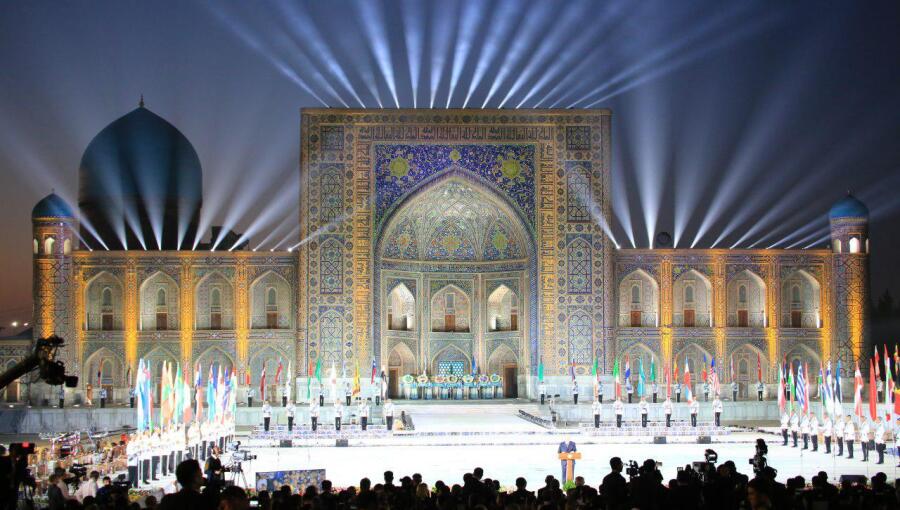thecancrizans.com – Over the past decade, Uzbekistan has emerged as a vibrant and appealing destination for travelers seeking rich history, diverse culture, and breathtaking landscapes. As the country opens its doors to the world, tourism is rapidly becoming a key sector of its economy. However, with this rise comes a set of opportunities and challenges that Uzbekistan must navigate to ensure sustainable growth.
Opportunities in Uzbekistan’s Tourism Boom
1. Cultural and Historical Riches
Uzbekistan is home to some of the most significant cultural and historical sites in Central Asia. The ancient cities of Samarkand, Bukhara, and Khiva, with their stunning architecture and storied pasts, attract history enthusiasts and curious travelers alike. These UNESCO World Heritage Sites offer a glimpse into the region’s rich tapestry of history, from the Silk Road era to the Timurid dynasty.
2. Natural Beauty and Adventure Tourism
Beyond its historical treasures, Uzbekistan boasts diverse natural landscapes, from the expansive Kyzylkum Desert to the lush Fergana Valley. These areas are ripe for development in adventure tourism, offering activities such as hiking, trekking, and ecotourism. This diversification can attract a wider range of tourists and extend the tourism season beyond cultural visits.
3. Improved Infrastructure and Accessibility
The Uzbek government has invested heavily in improving infrastructure, including airports, roads, and railways, making travel within the country more convenient. The introduction of visa-free entry for citizens of many countries has also made Uzbekistan more accessible to international tourists, boosting visitor numbers.
4. Economic Growth and Job Creation
The rise in tourism is creating significant economic opportunities for Uzbekistan. It has the potential to generate substantial revenue, create jobs, and stimulate growth in related sectors such as hospitality, transportation, and local crafts.
Challenges Facing Uzbekistan’s Tourism Industry
1. Sustainable Development
As tourism grows, maintaining the integrity of Uzbekistan’s cultural and natural sites is crucial. Over-tourism can threaten historical monuments and delicate ecosystems. Implementing sustainable tourism practices is essential to preserving these treasures for future generations.
2. Infrastructure and Service Quality
While infrastructure has improved, further development is needed to meet international standards. Enhancing the quality of services, including accommodations, transportation, and customer service, is vital to ensuring a positive visitor experience.
3. Cultural Sensitivity and Authenticity
Balancing tourism growth with cultural preservation is a delicate task. It’s important for Uzbekistan to showcase its unique culture and traditions while avoiding the commercialization that can dilute authenticity.
4. Marketing and Global Competition
In a competitive global tourism market, Uzbekistan must effectively market itself as a unique and desirable destination. Building a strong brand and leveraging digital platforms for promotion are key strategies to attract a diverse range of tourists.
Conclusion
The rise of tourism in Uzbekistan presents both exciting opportunities and significant challenges. By embracing sustainable practices, investing in infrastructure, and promoting its unique cultural and natural assets, Uzbekistan can position itself as a leading destination in Central Asia. The journey ahead requires careful planning and collaboration, ensuring that tourism growth benefits both visitors and local communities, preserving Uzbekistan’s heritage for generations to come.
